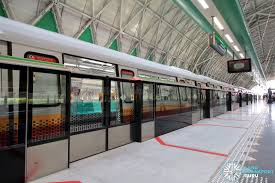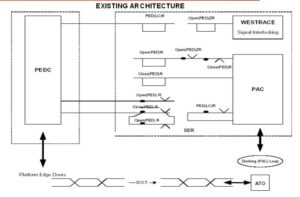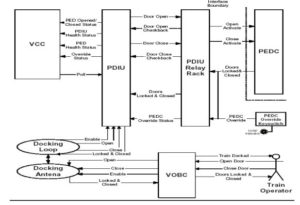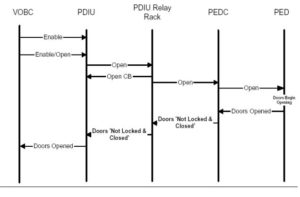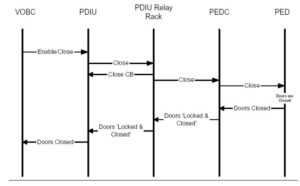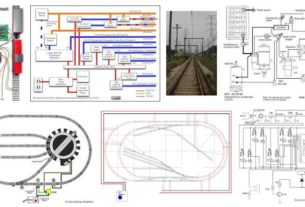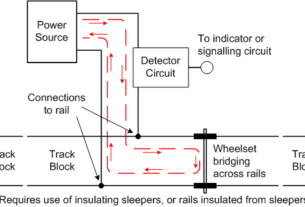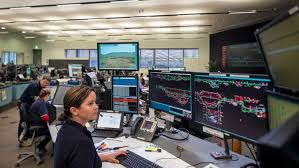RAILWAY PLATFORM DOOR INTERFACE UNIT
Introduction:
1. PEDs are installed in eight stations in Jubilee Line to reduce the possibility of passenger accidents.
2. The doors are required to be closed at all times and open when a train is correctly positioned on the platform.
3. Station staff can exercise manual control over the PEDs for emergency or maintenance purposes by operating an override switch.
4. In an emergency, passengers on the train can open the PEDs by hand to exit the train.
5. Wayside equipment located in the station platform acts as an interface between the existing Platform Edge Door Controller (PEDC) and the Platform Edge Door (PED).
Existing Architecture:
1. A Platform Edge Door Controller (PEDC) controls the opening, closing, and locking of the platform edge door controller is via a PAC trackside communication loop.
2. The PAC then re-transmits the command information via hard-wired relay circuits to the PEDC, which will then open and close the platform edge doors as and when required.
3. A screen containing doors is installed along each platform edge with all the doors controlled from a PEDC in the headwall of every platform.
4. The PAC transmits a continuous signal to the PEDC when activated by the train ATO commands.
5. The first is an ‘open’ activate signal for all the passenger’s PEDs to open.
6. The second is a ‘close’ activate signal for all passenger’s PEDs to close.
7. An accurate stopping position of the train in the platform is required so that the train comes to a stand at the top mark and the doors on the train are in alignment with the PEDs.
8. This loop transmits information between the ATO equipment on the train and the PAC located in the Automatic Train Control (ATC) cubicle in the SER.
9. The ATO will transmit to the PAC command to open or close the doors.
10. The train operator achieves this by pressing the ‘open’ or ‘close’ button to operate the train doors.
11. When the train doors are opening or closing, the ATO will send a command to the PAC for the PEDC to open or close the PEDs.
12. When the PEDs are closed, a latched system is used to prevent them from re-opening as the train is exiting the station.
RAILWAY PLATFORM DOOR INTERFACE UNIT
TBTC System:
1. The TBTC system will replace the ATO/PAC portion of the existing PED system.
2. TBTC monitoring and control of PEDs will be provided by the interaction between VCC, VOBC, and PDIU subsystems.
3. The PDIU will physically interface with the PEDC via relay rack connections.
4. Stations equipped with PEDs will have at least one PDIU in the SER, as well as a docking loop, installed trackside.
5. As a train dock at a PED-equipped station stopping point, the VOBC and PDIU will establish communications.
6. Each PDIU will support two channels for VOBC communications, one for each platform.
7. Stations with additional platforms require multiple PDIUs.Ex: North Greenwich.
8. The relay rack will act as an interface between the PDIU which is a component of a TBTC system and the PEDC which is existing equipment actually used to operate the doors.
9. The relay rack shall continuously report the PED status to PDIU. While the PEDC override key switch is operated the relay rack shall report PED status as Locked and closed to the PDIU irrespective of the actual door status and also illuminate a local indication within SCR.
10. When commanded by the PDIU, the relay rack shall command PEDC to open or close the PEDs.
RAILWAY PLATFORM DOOR INTERFACE UNIT
